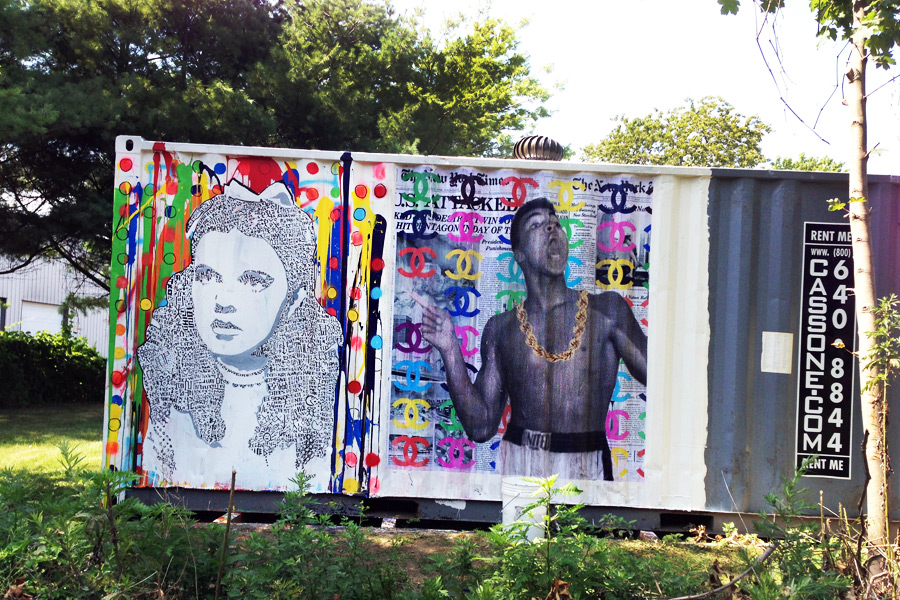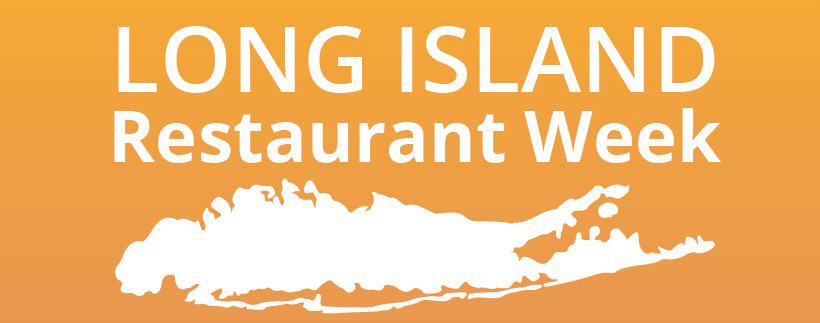Street Art: Hamptons Painters Do It in Public

The eastern end of Long Island has long been known as a place where great art is created. The reason is unclear. Maybe it’s the isolation of this place. Maybe it’s the northern light. Many painters say it’s the light.
Its softness reminds them of the light in the countrysides of Greece or Spain, or in the South of France. Shining through the skylights of art studio windows here, they say it inspires them to do great art. William Merritt Chase in the late 19th century painted here in Southampton; Thomas Moran in the early 20th century painted in East Hampton; Willem de Kooning, Larry Rivers, Fairfield Porter and Jackson Pollock painted through the mid- and late 20th century here. Now, however, there is an amazing turn of events in the way art is displayed.
Until now, art has belonged in galleries or studios when up for show, or on walls in museums, corporate headquarters and people’s homes when sold. But in the last few years, here in the Hamptons, in addition to art’s traditional settings, it’s found a new venue—tacked up on walls, on poles, on signs, throughout the streets. It’s usually illegal. It gets taken down after a while, either by the police or by a member of the general public—whoever gets there first. If it’s the public, they keep it. And that’s what some artists want.
You’ll find it in the center of our downtowns and on our Main Streets and, in particular, on Route 27. This is not spray graffiti. It’s generally paint on canvas or poster, and sometimes it’s a form of pop art. Sometimes it covers signage or advertising boards which, when on public land, is not only illegal but, in addition, ugly. Usually it’s put up by the artist, or in one case in cooperation with a gallery owner showcasing that artist, in the hopes that the artist can find his place in the art world, or be “discovered” as the next de Kooning.
Dan’s Papers reporters Brendan O’Reilly and Oliver Peterson have been able to track down some of these artists and interview them.
One of those putting up paintings is the artist Tanster. Tanster is a 40-year-old local woman who lives in Water Mill and who prefers to remain pseudonymous. But you can find her work on Instagram (@gemeinschaftprojekt). What she told us is that she had for much of her adult life been a painter, but 10 years ago, when she ran out of wall space, garage space and storage space for her work in her home, she quit. She loves to paint. Now she is painting again because she has concluded that the whole world can be her gallery, so long as she is discreet and careful.

For example, she’s noticed those illegal signs out on the streets and in public places advertising businesses, sales, real estate, and, during election years, people running for office. They junk up the landscape, in her opinion.
“I despair over the state of our culture on a pretty regular basis,” she says.
Why not beautify these? She picks up some of them—she doesn’t want to offend anybody, so she’ll pick up a sign when the event is over, for example—and she takes them home, paints over them or attaches work she’s done to them, and then puts them back on the streets.
She gets to keep painting, and “the price of that is giving it away,” she says.
Her paintings include rainbows, spray cans, flying horses and more. The first two paintings she sent out into the world this way she wrapped in clear plastic to protect them from the weather. She put them up on telephone poles in Water Mill, and they stayed up for two weeks before they were taken home by somebody. Today her work is as far away as Riverhead. Tanster admires composer Richard Wagner and the artist Banksy, but she won’t paint on a wall. She says she wouldn’t want someone else painting on her property.

Another painter happy to display his work in public like this is Michael R. Zotos. He has done artworks of faces, octopuses, flowers, aliens and squiggly creatures that you might think live underground. His work has been posted on telephone poles on County Road 39 where it becomes Route 27 in Southampton, on the Montauk Highway westbound in Sagaponack, in Water Mill and Bridgehampton. Some pieces were put up in front of Out of the Closet vintage store in Water Mill. One day, Zotos showed up at our offices in a white van and laid out some of his work in our parking lot for us to photograph before he put it up.
Our reporters have determined that some paintings covering election signs are not the work of either Zotos or Tanster. But nobody knows who did them.
The artist, who has remained anonymous, has taken political campaign signs off public roads and rights-of-way and painted them over with works of art, then put them back. In 2013 this artist painted over a campaign poster of Frank Zappone, who was running for Southampton Town Council that year and put it back. (Zappone lost.)

In another case of private art in public, there is the matter of Jason Poremba, a Southampton architect and pop-up artist. In past years, Poremba has posted his art—free for the taking—along the wall at the Southampton Arts Center, by the train station and near stores. He called them “streetdrops.” But last summer he decided to create an art project that would make the general public the artists.
He recalled that years ago, when at Disney World and other places, he’d come across a sign reading “Kodak Moment.” A nice picture might be taken at this spot, the sign said. He updated this concept. Creating half a dozen handsome signs that read “Selfie Spot,” he put them all around town in Southampton, urged people to take “selfies” on their cell phones at these spots and post them on Instagram.

He put the signs up at Coopers Beach, Flying Point Beach, in front of The Golden Pear on Main Street in the center of town, at Little Plains Beach, North Sea Beach, and in front of a shop on Jobs Lane. The response was huge. Many people were hashtagging the “Selfie Spot” signs themselves. As a result and to encourage this, Poremba also went around to several surf shops and set on the their checkout counters little red thumbs-up tags that people could put by the signs or on things they “like.”
Many of the signs stayed up for a few days before local officials took them away, but Poremba has declared the project a huge success. He says that even though the Parrish Art Museum has moved to Water Mill, art is still alive and well in Southampton Village.
Last August, a gallery at the Atlantic Terrace in Montauk held a two-week showing of the work of Poremba and other street artists.
What’s next?
We’ll have to wait and see.

Photo: Brendan J. O’Reilly



